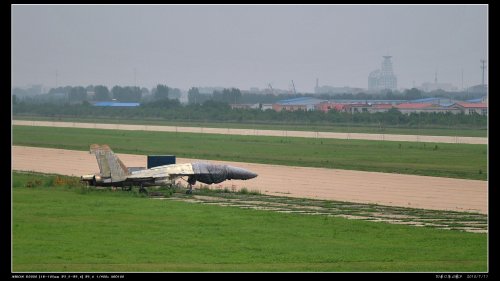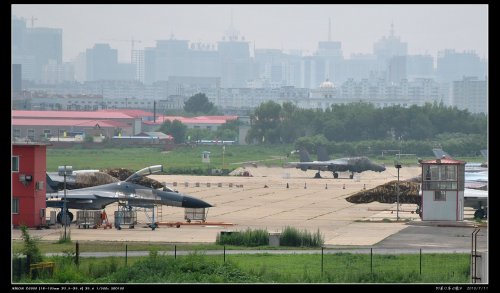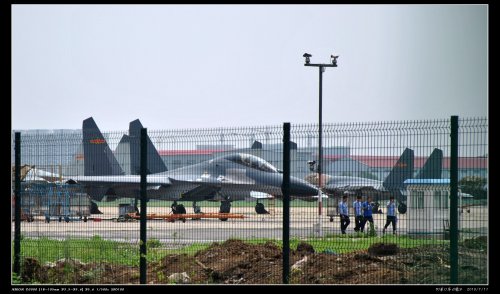To begin with, we need to clarify how the Sukhoi organization works. Its not like Boeing or Lockheed.
Sukhoi, and so is MiG, are design bureaus. This means they're a company whose main product is brain work. If you're familiar with Silicon Valley, many companies are this way. IP companies with no manufacturing.
Within Sukhoi's orbit are a number of large satellite companies that actually do the manufacture of their products. The big three is NAPO, KnAAPO and Irkut. These companies are independent from Sukhoi; independent and yes, with self serving goals for themselves too. These firms even compete with each other on the market. Sukhoi licenses the designs for them to make:
NAPO does the Su-34 type
KnAAPO does the Su-27 single seaters along with variants thereof, such as Su-35, and Su-33 carrier jets.
Irkut does the Su-27 double seaters along with variants thereof, aka Su-30MKI. Note how NAPO, KnAAPO and Irkut are forking off their own Flanker variants, to the point that these variants compete against each other, Irkut's Su-30MK vs. KnAAPO's Su-35. KnAAPO has gone to the point of hatching their own double seaters - Su-30MKK and the double seater Su-35.
So, Shenyang AC licenses the design from Sukhoi itself, but to get the single seater kits, they have to have a separate deal with KnAAPO. And to get the double seater kits, they have to make another deal with Irkut.
For the parts themselves, China has to deal with other manufacturers separately, Salyut and Saturn for engines, NIIP for the radar and so on.
Note: if China licenses the Su-27 design, it does not mean they have licensed the radar, the engines, the opto-mechanical sight and so on and on. So China has to purchase these separately on separate contracts until China can fill in the blanks with domestic IP equivalents.
If this is a license, China pays Sukhoi a fee for every J-11B made. Even if the plane is 100% Chinese parts. That's not the problem. The problem is that the Russians think they make better money selling their own home grown and made variety. I believe Sukhoi may get a commission cut from the Russian parts contractors themselves from Chinese deals related to the J-11. Nothing bad about that. That's just business. So if China, lets say, buy engines from Salyut for the J-11, Sukhoi gets a cut. Of course, if China buys engines from Salyut for the J-10, Sukhoi doesn't. That's why the engine contracts are always separate, specific to the plane, and may not have the same unit price.
The Russians also do not understand the global IP business, coming from their Communist background. That's why they went around trying to sue countries for the AK-47 "patents". Which as you know, didn't hold. When their defense industries were at the brink and desperate for money, you can understand why they would patent troll.
The Chinese side is this: they believed that the J-11 deal is like the Harbin Z-8 deal, which they always hold as the model for licenses. They will take the basic design and modify for their own use, substituting domestic parts if needed and use foreign parts if necessary. The licensor gets a cut for every unit made. The Chinese have been mentioning the Z-8 model for a long time.




